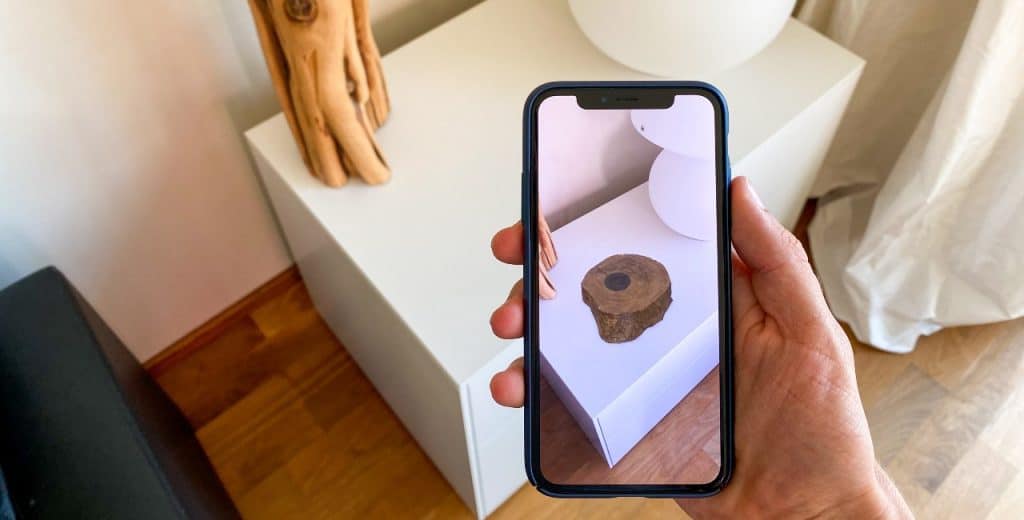When you hear the words “how to read people,” what do you think? Are you picturing some side-show psychic who claims to be able to read the minds of the people they see?
Reading people is actually less mysticism — or con, depending on who you’re talking to — and more science. It’s all about looking at subtle clues in a person’s body language, facial expressions, and eye movement. How can you learn how to read people? Here are a few techniques that are backed by science.
1. Study Body Language
We say a lot more than we realize by the way we hold ourselves, the way we position our body and the way we move our hands.
Someone sitting with their arms tightly crossed might be uncomfortable with their location or the situation. A person who is bouncing their leg under the table might be nervous. Someone who keeps their shoulders hunched may not be feeling confident in themselves.
Pay close attention to the way a person positions themselves. This form of nonverbal communication often isn’t voluntary and can help you read the person and the situation before you ever open your mouth.
It isn’t always accurate, though. Body language is very dependent on context. A person with crossed arms might be closed off, but if the room is cold, they could simply be trying to keep themselves warm. A person with hunched shoulders might be feeling less than confident, but if they’re standing in the rain, they could just be trying to stay dry.
2. Study Facial Expressions
Someone’s face can tell you a lot about how they feel or what they think, beyond the simple expressions like smiling or frowning. Don’t look for prolonged facial expressions — the smile, the frown, the brow furrowed in concentration. Instead, focus on the microexpressions, the ones that happen in a split second, because of something that was said or done.
Everyone makes the same sort of microexpressions, regardless of where they grew up or the experiences that they have had. One study found that even individuals with congenital blindness, who have been blind since birth, make the same expressions. They have nothing to model their own expressions after.
There are seven microexpressions you can easily learn to identify:
- Disgust
- Anger
- Fear
- Sadness
- Happiness
- Surprise
- Contempt
Once you identify these, you can easily read a person and judge their reactions to what is being said or done, even if they keep a smile plastered on their face. This can also be used to improve your communications skills over time. If you see an indicator of disgust or contempt when speaking to someone, you know something you’ve said has hit a nerve and you can adjust your pitch accordingly.
3. Study Eye Movement
Beyond facial expressions, a person’s eyes can tell you a lot. They may not be the windows to the soul, but they are definitely the windows to the psyche. You can tell if someone’s mind is wandering from the conversation, or they’re trying to make a quick decision by how their eyes move.
The former is indicated by slow or plodding eye movement, while the latter is indicated by rapid eye movement, as though the subject is watching a high-speed ping-pong match and trying to track the ball with their eyes. You can even tell how tired someone is by watching how slowly their eyes move.
Look closely at someone’s eyes the next time you have a conversation with them. You might be surprised how much a simple eye movement can tell you. This is very subtle when compared to analyzing someone’s body language, but it can be a fount of information with a little bit of practice.
4. Trust Your Gut
This might not sound very scientific but bear with us. We pick up on body language and nonverbal cues from other people even when we don’t intend to or when we’re not consciously thinking about it. These cues generate a kind of vibe or gut instinct that we feel when we’re around a specific person.
Do you have a person that you felt comfortable around instantly? What about someone who gives you the creeps, regardless of their behavior, so you try to avoid them?
In both cases, it’s because you’re picking up on the nonverbal communications cues the person is giving off and responding to them.
This is one of those times when trusting your gut is a good thing — and often accurate. It’s not possible to fake these nonverbal cues because so many of us do them unconsciously.
Learning how to read people isn’t as hard as it might sound. It just takes a bit of practice and the willingness to study the way people move when they’re experiencing a specific emotion. It can be a useful tool, as well. Being able to read the room or even just read the interviewer sitting across from you can help you decide how best to approach any situation.
Recent Stories
Follow Us On
Get the latest tech stories and news in seconds!
Sign up for our newsletter below to receive updates about technology trends




